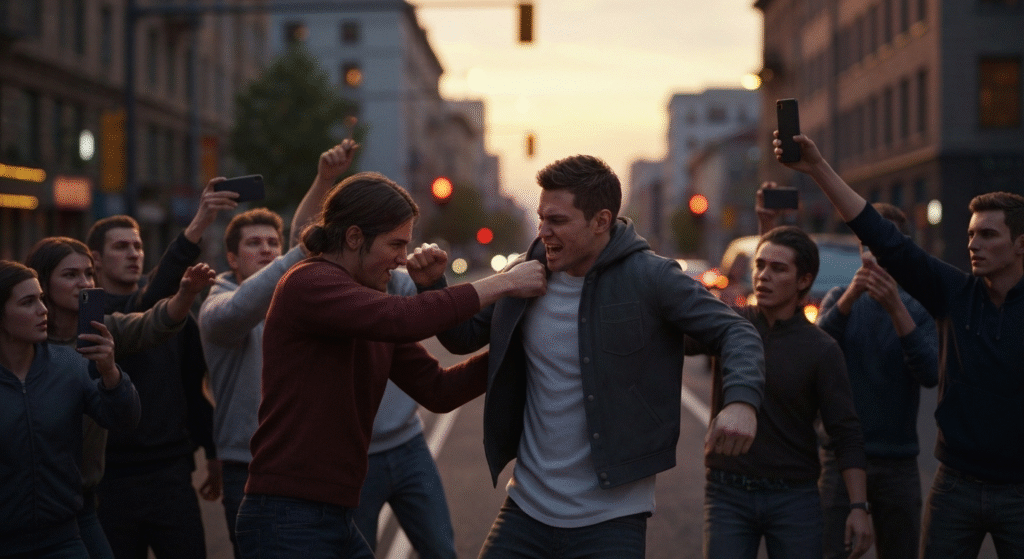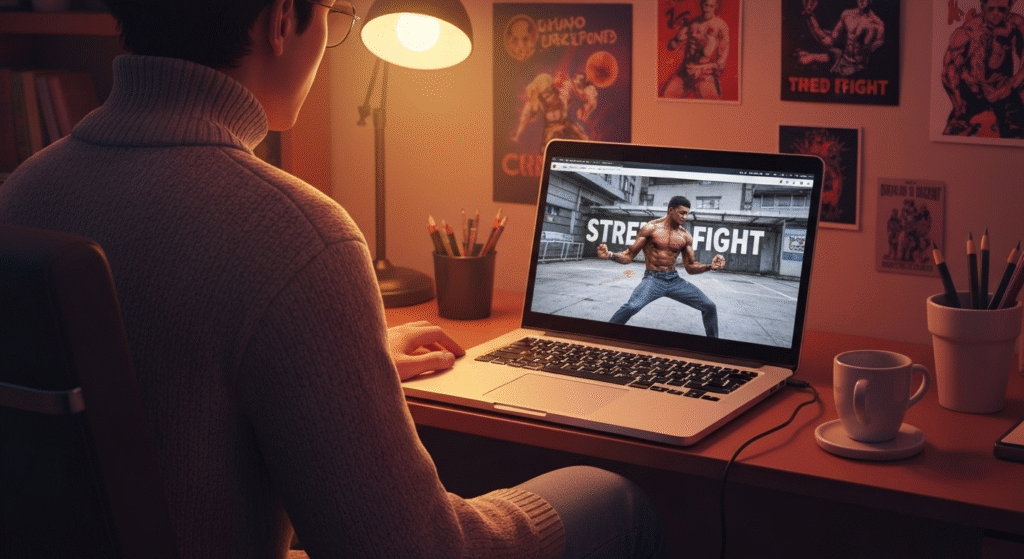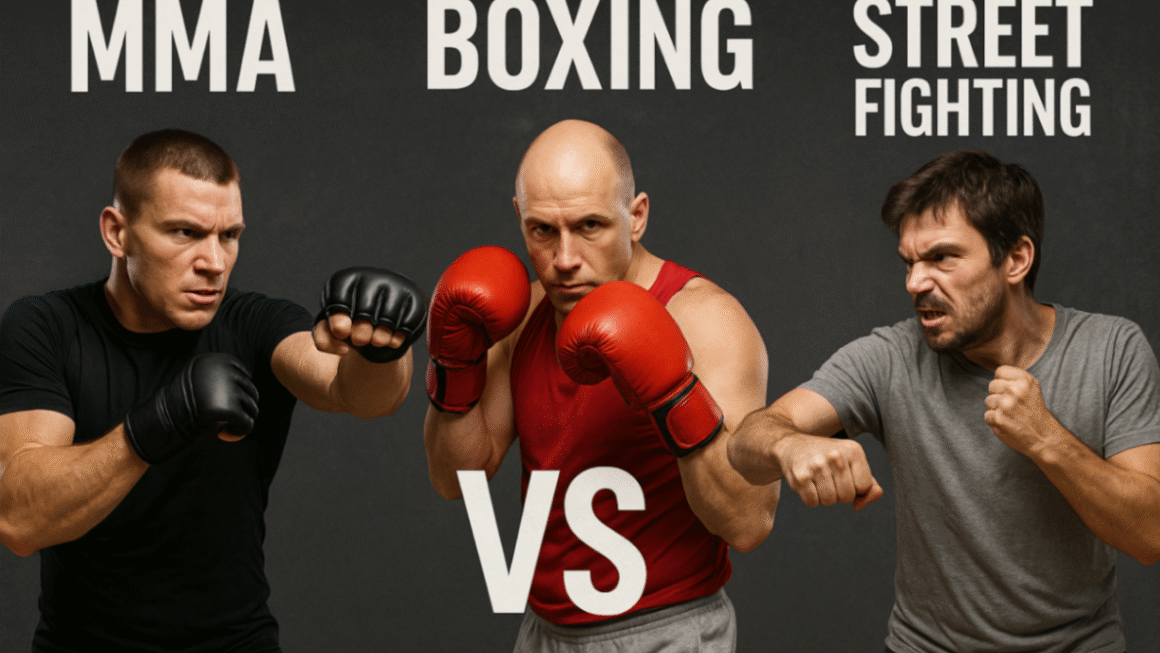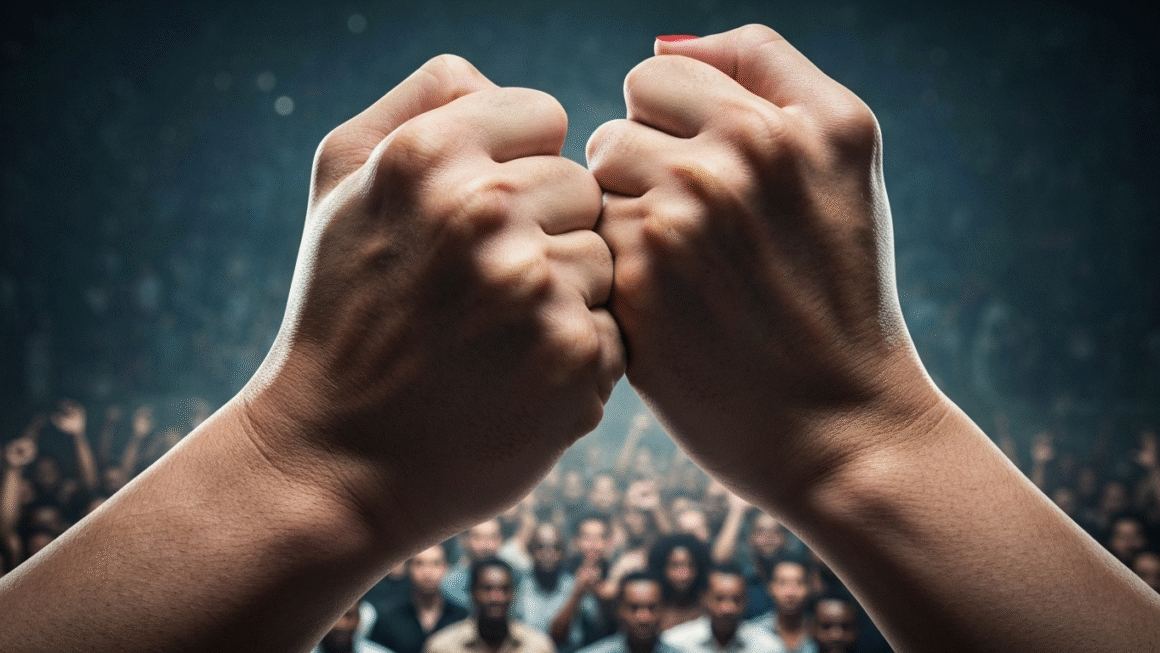Key Highlights
- The phenomenon of filmed fights has evolved from 80s after-school scuffles to today’s viral social media clips.
- Technology and digital platforms have played a massive role in amplifying street brawls, making them globally visible.
- New York City had a thriving underground fight scene in the late 90s and early 2000s due to legal loopholes.
- These unsanctioned events featured a mix of street fighters and trained martial artists, similar to the early days of the UFC.
- Filming and participating in street fights carry significant legal risks that vary based on state laws and regulations.
- The community has shifted from tight-knit, secretive groups to vast, anonymous online forums and social media channels.
Introduction
The internet is filled with shocking videos of street fights, but where did this trend begin? The journey from grainy after-school brawls to high-definition backyard brawls is a fascinating one. It’s a story that intertwines with the raw, early days of mixed martial arts (MMA) and a time before legalized, professional promotion became the norm. This evolution reflects major shifts in technology, culture, and the very human desire to test one’s skills, whether on the pavement or in a hidden ring.
Evolution of Street Fights Filmed in the United States

The popularity of watching fights has grown exponentially, moving from secretive gatherings to global viral sensations. Before the polished great events we see today, the scene was raw and unpredictable, with underground shows, much like the ones Anthony attended, providing the only outlet for many fighters. These events were a far cry from sanctioned competitions, often taking place in makeshift locations.
This gritty reality mirrored the early days of the UFC, where style-versus-style matchups were the main draw. A venue could be anything from a boxing gymnasium to a completely crazy underground fight ring in a restaurant’s backroom. For kung fu men and boxers alike, the major reasons to participate were to test their art and prove their mettle in a real-world setting. This sets the stage for understanding the specific scenes that emerged and the modern phenomena they inspired.
From After-School Scuffles in the 80s to Viral Clips Today
Long before today’s viral clips, the foundation was laid with after-school fights in the 80s. These were often chaotic encounters, sometimes even encouraged by onlookers, creating a spectacle that was a precursor to the content we see now. The audience was small and the footage, if any, was confined to a friend’s camcorder.
Today, that same energy has transformed. The fights now feature a wide variety of people and a good mix of street fighters and fighting styles, from rudimentary boxing and brawling to more technical ground fighting or traditional arts like Kung Fu and Wing Chun. The audience is no longer a handful of peers but potentially millions of anonymous viewers online.
For many participants in the underground scenes that bridged this gap, there was a real need to compete and grow. Sanctioned events were not always accessible, so these unsanctioned bouts became the only place to test their skills against others in a live, unpredictable environment, driving the evolution of what a “street fight” could be.
The Role of Technology and Social Media in Amplifying Street Brawls
The single biggest factor in the explosion of fight videos is technology. The rise of social media and smartphones turned every bystander into a potential filmmaker, capable of making any street corner brawl go viral within hours. What once might have been a local incident in New York City can now be viewed, shared, and commented on across the globe.
These digital platforms have become the final place where these fights are immortalized. The accessibility and shareability of content on these sites ensure that the most shocking or impressive encounters reach a massive audience. This has created a demand for such content, leading to dedicated channels and pages. You can often find these videos on:
- Video-sharing sites like YouTube and WorldStarHipHop.
- Social media platforms such as X (formerly Twitter), Instagram, and Reddit.
This amplification has also drawn attention to the legality of these events, which often operate in a gray area of outdated regulations, much like the underground MMA scene did before NY state laws for professional combat sports were clarified.
Legality, Risks, and Online Communities Surrounding Fight Videos

Engaging with fight videos, whether as a participant or a viewer, comes with its own set of risks and rules. The legality of fighting is governed by a patchwork of state laws and state regulations, making it a complicated issue. What is considered a consensual scuffle in one state could be a serious crime in another.
This legal ambiguity is what allowed underground combat, or NHB (No-Holds-Barred) fighting, to flourish in places like New York. Organizers like Novell Bell ran a great show for the Kung Fu community, providing a space to test skills. Today, the community has largely moved online, with a forum or social media group for nearly every niche interest. Understanding the legal landscape and the nature of these online spaces is crucial.
Legal Implications of Filming and Sharing Street Fights
The legal consequences of filming and sharing street fights can be severe. While the act of recording in a public space is often protected, sharing a video of an assault could expose you to civil liability or even criminal charges, depending on the circumstances and jurisdiction. The specific state laws are what truly matter.
In New York, for example, the underground scene thrived in a legal gray area. However, once NY state laws were passed in 2016 to oversee combat sports, the landscape changed. These new state regulations created steep penalties for noncompliance, effectively ending the unsanctioned shows. Operating outside the rules of a sanctioned professional promotion became too risky.
Participating in, organizing, or even promoting these fights can lead to serious trouble. The table below outlines some potential risks in a regulated environment like New York.
|
Action |
Potential Legal Consequence in a Regulated State |
|---|---|
|
Organizing an Unsanctioned Fight |
Significant fines, potential felony charges |
|
Participating in an Unsanctioned Fight |
Suspension from sanctioned events, possible assault charges |
|
Knowingly Promoting or Filming for Profit |
Could be seen as complicity, leading to legal investigation |
Digital Platforms, Websites, and Forums Dedicated to Street Fight Content
For those looking to watch these encounters, the internet offers countless destinations. A quick search on any major website or video platform will yield thousands of results. The community that once gathered for an underground fight in a hidden gym now gathers in digital spaces.
These online hubs range from large, mainstream social channels to niche forums dedicated to analyzing fight techniques or sharing the most brutal clips. They serve as the modern archive for everything from spontaneous brawls to organized underground shows. The spirit of the old backroom fights of the martial arts world lives on through these platforms.
Where can you find this type of content?
- Video Aggregator Websites: Sites like WorldStarHipHop have historically been hubs for this content.
- Reddit Communities: Subreddits such as r/StreetFights and r/PublicFreakout are popular destinations.
- Social Media: Pages on X, Instagram, and Telegram are dedicated to posting fight clips daily.
- Dedicated Forums: Niche martial arts and fighting forums often have sections for discussing real-world altercations.
Conclusion
The evolution of street fights from the after-school brawls of the 80s to today’s viral videos reflects significant changes in society, technology, and culture. What began as youthful disputes has transformed into a global phenomenon fueled by social media. As these fights become more accessible through digital platforms, they also raise important questions about legality and ethics. Understanding this journey allows us to better grasp the complexities surrounding street fights and their portrayal in modern media. It’s crucial to approach this subject with awareness, considering both the allure and the implications of such content in our digital age. Keep the conversation going and stay informed about the cultural impacts these trends bring.
When discussing some of the most shocking street fights ever caught on film, incidents such as the infamous “Miami Beach Brawl” or viral altercations in cities like Las Vegas and New York often top the list. These fights gained millions of views online due to their intensity, unexpected outcomes, and the raw spectacle captured on video, further fueling public fascination and debate about the phenomenon.
Frequently Asked Questions
Why do street fight videos go viral online?
Street fight videos go viral because they offer raw, unfiltered, and high-stakes action. Unlike sanctioned sports, an underground fight in a different location is unpredictable. Viewers are drawn to the chaotic reality, whether it’s a brawl or someone using trained skills like judo.
What are the most popular websites or social channels for street fight compilations?
Popular digital platforms include Reddit communities, X (formerly Twitter), and specific aggregator websites. These social channels and forums are where you can find compilations of fights featuring everything from street boxing to practitioners of styles like Wing Chun.
How has the community around street fight videos evolved from the 80s to now?
The community has shifted from localized, secret groups in the 80s, like the Chinese martial arts community testing its Kung Fu, to vast, anonymous online forums. The rise of the UFC also created a path for fighters to move from the street to the mat.




